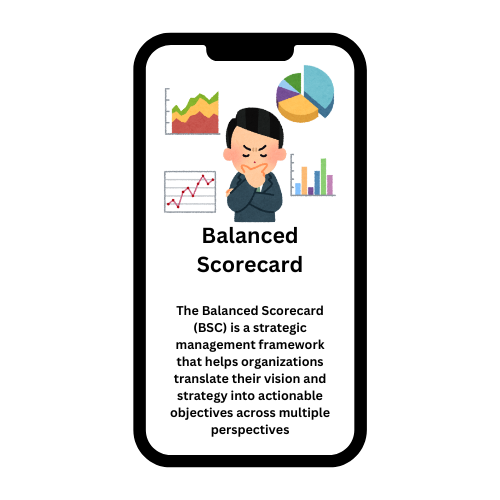Economic growth refers to the increase in the production of goods and services in an economy over a specific period, typically measured by the rise in Gross Domestic Product (GDP). It reflects a country’s ability to improve living standards, create jobs, and enhance overall prosperity. Economic growth can result from various factors, including technological advancements, increased investment, population growth, and improved productivity. While growth is often seen as a positive indicator of economic health, it is essential to consider its sustainability and the potential for inequality, as rapid growth may lead to environmental degradation or disparities in wealth distribution.
Understanding economic growth involves examining its sources, benefits, drawbacks, and the policies that influence it.
Measurement of Economic Growth
- Gross Domestic Product (GDP): The most common measure of economic growth. It represents the total value of all final goods and services produced within a country in a given period.
- Nominal GDP: Measured at current market prices without adjusting for inflation.
- Real GDP: Adjusted for inflation, providing a more accurate reflection of an economy’s size and how it’s growing over time.
- GDP Per Capita: This metric divides the GDP by the population, offering insights into the average economic output per person, which can be a better indicator of living standards and economic well-being.
Sources of Economic Growth
Economic growth can stem from several factors, including:
- Capital Accumulation: Investment in physical capital (machinery, infrastructure) enhances productivity, enabling economies to produce more goods and services.
- Labor Force Growth: An increasing population or labor force can contribute to growth by providing more workers and enhancing output.
- Technological Advancement: Innovations improve efficiency and productivity, allowing more output with the same amount of input.
- Human Capital Development: Education and skill development increase workers’ productivity, leading to higher economic output.
- Natural Resources: Access to abundant natural resources can facilitate growth, particularly in resource-rich countries.
- Institutional Framework: Strong legal systems, property rights, and efficient governance can create an environment conducive to investment and growth.
Benefits of Economic Growth
- Improved Living Standards: As economies grow, incomes typically rise, enabling people to afford better goods and services, thereby improving their quality of life.
- Job Creation: Growth usually leads to increased demand for labor, resulting in more job opportunities and lower unemployment rates.
- Increased Tax Revenue: A growing economy generates more tax revenue for governments, allowing for increased spending on public services such as education, healthcare, and infrastructure.
- Investment in Infrastructure: Economic growth often leads to investments in essential infrastructure, enhancing overall productivity and quality of life.
- Innovation and Technology: Growth encourages investment in research and development, leading to technological advancements that can drive further improvements in productivity and efficiency.
Drawbacks of Economic Growth
- Income Inequality: Growth can disproportionately benefit certain segments of society, leading to widening income and wealth gaps.
- Environmental Degradation: Rapid economic growth may result in over-exploitation of natural resources, pollution, and environmental harm, raising sustainability concerns.
- Overheating and Inflation: If growth is too rapid, it can lead to overheating of the economy, causing inflation and potential economic instability.
- Resource Depletion: Unsustainable growth can exhaust natural resources, leading to long-term economic challenges.
- Social Discontent: Economic growth that does not translate into improved living standards for all can lead to social tensions and discontent among those left behind.
Policies to Promote Economic Growth
Governments and policymakers can implement various strategies to stimulate and sustain economic growth:
- Monetary Policy: Central banks can influence economic growth through interest rates and money supply adjustments, encouraging investment and spending.
- Fiscal Policy: Government spending on infrastructure, education, and research can stimulate economic activity and enhance productivity.
- Regulatory Reforms: Simplifying regulations can encourage business formation and investment, fostering a more dynamic economy.
- Trade Policies: Promoting free trade can open new markets for exports and provide access to cheaper imports, benefiting consumers and businesses.
- Education and Training: Investing in education and skill development can enhance human capital, leading to increased productivity and innovation.
Conclusion
Economic growth is a crucial indicator of an economy’s health, reflecting its ability to produce goods and services and improve living standards. While it offers numerous benefits, including job creation and improved public services, it is essential to balance growth with sustainability and equity. Policymakers must consider the long-term implications of growth strategies, ensuring that economic development benefits all members of society while safeguarding the environment for future generations. Understanding the dynamics of economic growth is vital for fostering a robust and inclusive economy.






